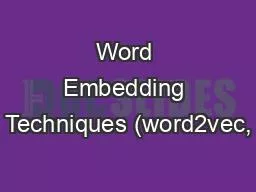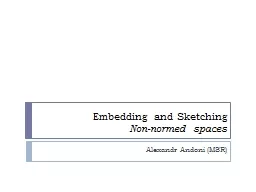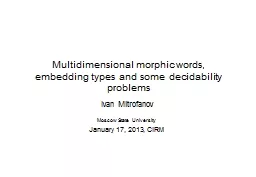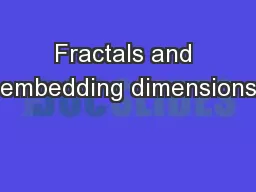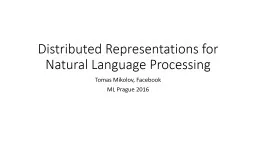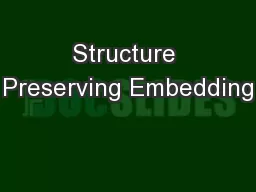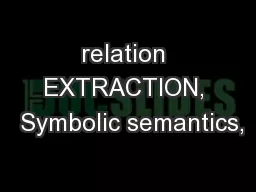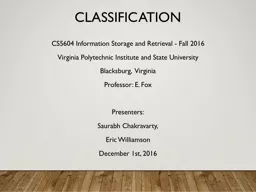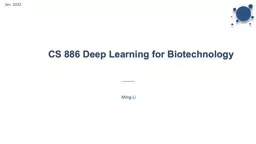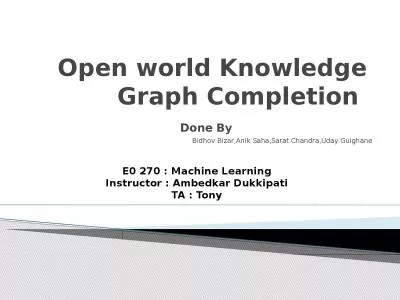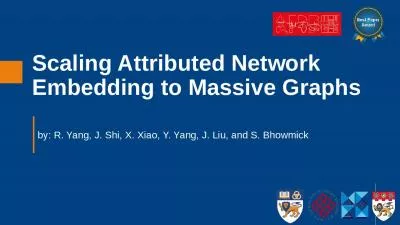PPT-Word Embedding Techniques (word2vec,
Author : disclaimercanon | Published Date : 2020-08-27
GloVe Natural Language Processing Lab Texas AampM University Reading Group Presentation Girish K A word is known by the company it keeps Reference Materials Deep
Presentation Embed Code
Download Presentation
Download Presentation The PPT/PDF document "Word Embedding Techniques (word2vec," is the property of its rightful owner. Permission is granted to download and print the materials on this website for personal, non-commercial use only, and to display it on your personal computer provided you do not modify the materials and that you retain all copyright notices contained in the materials. By downloading content from our website, you accept the terms of this agreement.
Word Embedding Techniques (word2vec,: Transcript
Download Rules Of Document
"Word Embedding Techniques (word2vec,"The content belongs to its owner. You may download and print it for personal use, without modification, and keep all copyright notices. By downloading, you agree to these terms.
Related Documents

